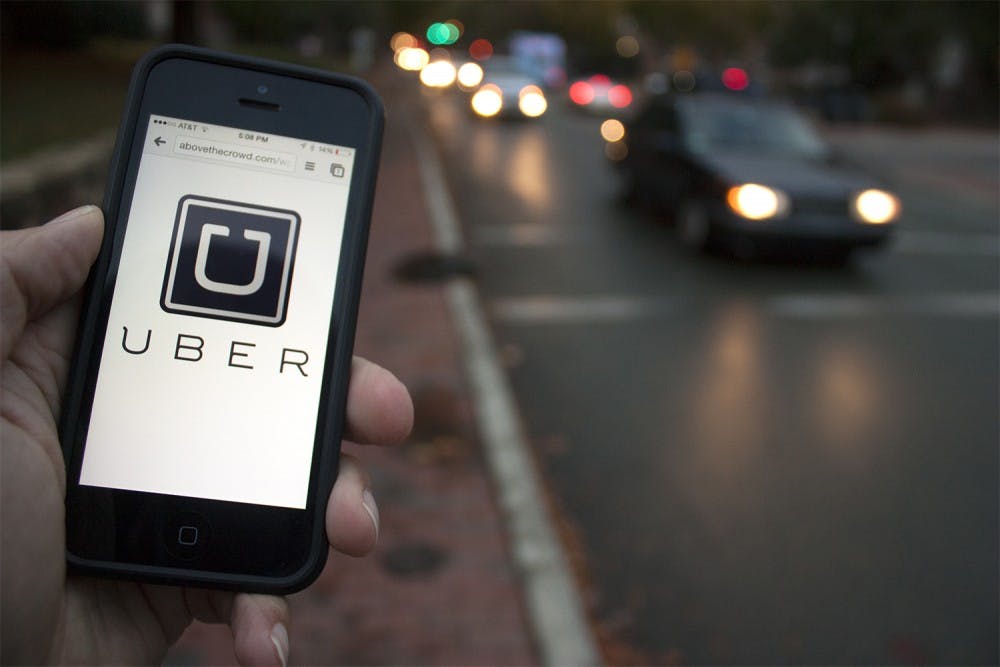For students who turned to companies like Uber and Lyft instead of local taxi companies on Halloween, the holiday turned from a festive celebration into an expensive evening.
Ian McDonald, a second-year dental student, needed a ride home from Top of the Hill restaurant on Halloween evening, so he used Uber for a ride. Typically, this trip costs McDonald around $28, but on Halloween evening he paid $277.
This substantial price increase is due to Uber’s surge pricing, which is also known as dynamic pricing.
Surge pricing acts like a multiplier. In McDonald’s case, he was required to pay 9.8 times the regular fare.
In 2013, the Chapel Hill Town Council approved an ordinance for taxis that set a flat rate between $6 and $8 for a 1.5 mile radius in the Chapel Hill Central Business District, a fixed rate of $2.50 per mile outside of this area and a $5 flat rate during special events like football games.
Liala Edwards, Tar Heel Taxi employee, was very surprised to hear that Uber uses dynamic pricing.
“On game nights, we may charge four or five dollars extra,” she said. “But usually no more than that.”
Mitch McKinney, administrative lieutenant at the Chapel Hill Police Department, said companies like Uber and Lyft aren’t required to comply with the flat rate ordinance because there is federal law preventing the regulation of the companies as taxi services.




